Home>Interior Design>A Festive 16th-century Stone Cottage In Wiltshire
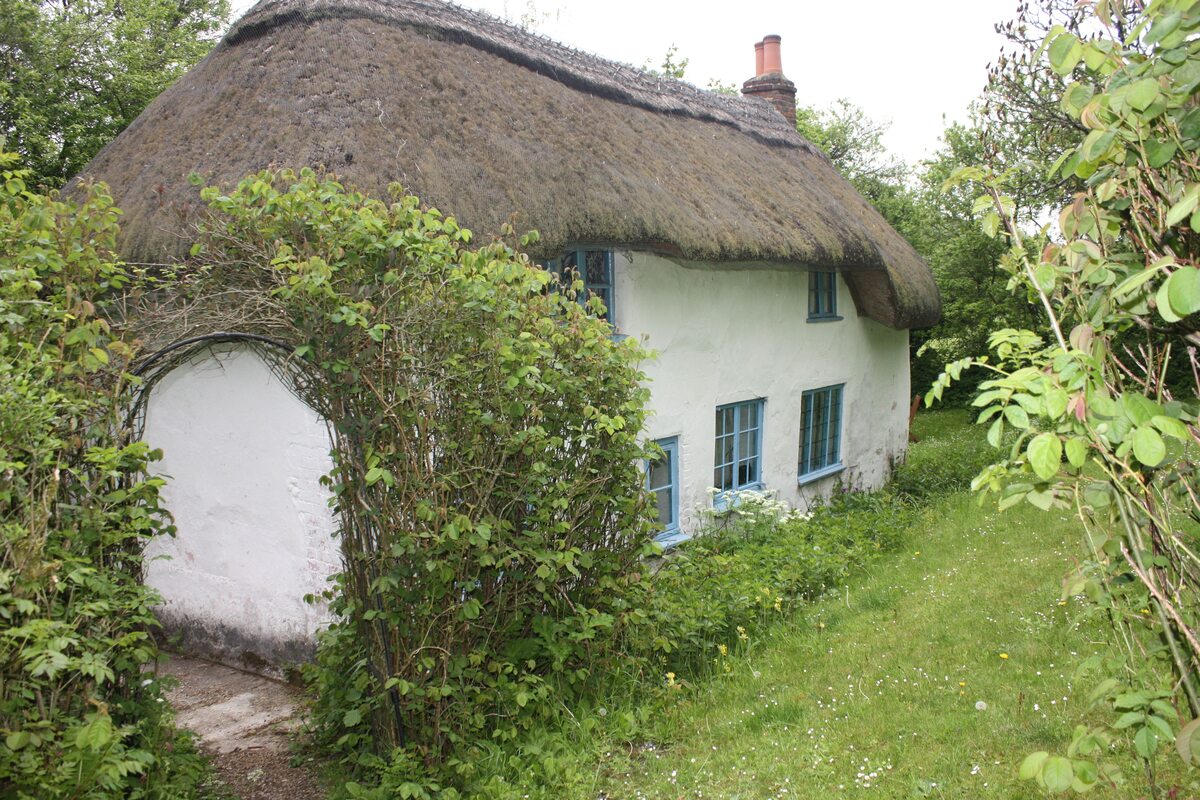

Interior Design
A Festive 16th-century Stone Cottage In Wiltshire
Modified: August 30, 2024
Discover the charm of this 16th-century stone cottage in Wiltshire blending traditional features with modern interior design. Ideal for experiencing a festive getaway.
(Many of the links in this article redirect to a specific reviewed product. Your purchase of these products through affiliate links helps to generate commission for Storables.com, at no extra cost. Learn more)
Introduction
Welcome to a journey back in time to the 16th century, where we will explore the charm and beauty of a festive stone cottage nestled in the picturesque county of Wiltshire. This enchanting dwelling, with its rich historical background and intricate architectural details, offers us a glimpse into the past while showcasing the timeless elegance of interior design and furnishings.
As we step inside the cottage, we are transported to a bygone era, where celebrations were grand and traditions held great significance. In this article, we will delve into the fascinating history of the cottage, its distinctive architectural features, and the exquisite interior design that captures the spirit of the period.
But what makes this cottage truly unique is not just its historical value, but also its role in celebrations and festivities of the time. We will explore the traditions and customs that were observed during the 16th century and how this charming stone cottage played a pivotal role in hosting and accommodating these joyous occasions.
Furthermore, we will discover the efforts made to restore and preserve this architectural gem, ensuring its longevity for generations to come. From the careful maintenance of the original stonework to the preservation of the authentic furnishings, the cottage stands as a testament to the commitment to honor and celebrate our rich heritage.
So, sip on a cup of tea as you join us on this fascinating journey through time. Let us explore the wonders of this 16th-century stone cottage in Wiltshire, where history, design, and celebration intertwine to create a truly enchanting experience.
Key Takeaways:
- Step back in time and experience the charm of a 16th-century stone cottage in Wiltshire, where historical significance, architectural beauty, and festive traditions intertwine to create an enchanting journey through the past.
- Immerse yourself in the rich history and timeless elegance of a 16th-century stone cottage in Wiltshire, where architectural authenticity, festive decorations, and preservation efforts come together to preserve a bygone era for generations to come.
Historical Background of the Cottage
The 16th-century stone cottage in Wiltshire holds a significant place in the region’s history. Its origins trace back to the Tudor period, which spanned from the late 15th century to the early 17th century. During this time, England experienced significant social, political, and cultural changes, and this cottage bears witness to those transformative years.
Originally built as a humble dwelling for a local farmer, the cottage grew in importance as its owners expanded their landholding and prospered. Over the centuries, the cottage has passed through multiple hands, each leaving their mark on the property.
During the 16th century, England underwent religious turmoil, with the country transitioning from Catholicism to Protestantism. This period, known as the English Reformation, had a profound impact on society. Many monastic properties were dissolved, and their lands redistributed among the wealthy elite.
The cottage, initially a small farmhouse, came under the ownership of a wealthy landowner who had acquired the surrounding lands. With his newfound wealth, the owner expanded the cottage into a grander dwelling, incorporating architectural elements indicative of the period.
As the cottage evolved, it became a testament to the changing architectural styles of the era. The original timber-framed structure was enhanced with sturdy stone walls, reflecting the growing trend towards masonry construction during the Tudor period.
Throughout its history, the cottage has witnessed significant historical events, including the reign of Queen Elizabeth I, the Spanish Armada, and the accession of King James I to the throne. These events undoubtedly left their mark on the cottage and its surrounding landscape, further adding to its historical significance.
Today, the cottage stands as a living testament to the lives and experiences of those who called it home during the tumultuous 16th century. Its rich and varied history adds an additional layer of fascination to its charming facade and beautifully preserved interior.
Architectural Features of the Cottage
The 16th-century stone cottage in Wiltshire showcases numerous architectural features that are characteristic of the Tudor period. These features not only provide structural stability but also add to the cottage’s aesthetic appeal.
One of the most prominent architectural elements of the cottage is its sturdy stone walls. The use of stone as the primary building material was a departure from the earlier timber-framed structures commonly seen in the region. The stone walls not only provided better insulation and durability but also symbolized the increasing wealth and status of the cottage’s owners.
The cottage’s roof is another architectural feature that stands out. It is typically constructed with a steep pitch, allowing for efficient rainwater runoff. The roof is usually made of thatch, a traditional material made from dried straw or reeds. Thatch not only provides excellent insulation but also adds to the cottage’s rustic charm.
Another hallmark of Tudor architecture is the prominent chimney stacks. These large chimneys, often adorned with decorative brickwork, served the practical purpose of venting smoke from the numerous fireplaces found within the cottage. They are also an impressive visual feature, adding height and character to the cottage’s overall facade.
The windows of the 16th-century cottage are another architectural element worth noting. During the Tudor period, glass production techniques improved, allowing for larger and more intricate windows. The cottage showcases a combination of small, diamond-shaped leaded windows, as well as larger casement windows that provide ample natural light to the interior.
As we step inside the cottage, we are greeted by the intricately carved wooden beams that support the ceiling. These beams showcase the unparalleled craftsmanship of the era and add a sense of character and warmth to the interior spaces.
The interior layout of the cottage is also noteworthy. During the 16th century, the concept of separate rooms became more prevalent among the affluent. The cottage typically features a main living area, a kitchen, separate bedrooms, and possibly even a small study or parlor.
Overall, the architectural features of the 16th-century stone cottage exemplify the trends and influences of the Tudor period. From the sturdy stone walls to the thatched roof and decorative chimneys, every aspect of the cottage’s design contributes to its historical charm and enduring appeal.
Interior Design and Furnishings
The interior design and furnishings of the 16th-century stone cottage in Wiltshire reflect the tastes and styles prevalent during the Tudor period. These elements evoke a sense of warmth, comfort, and elegance, creating a cozy and inviting space.
One of the distinctive features of the cottage’s interior is the presence of exposed wooden beams. These beams, intricately carved and polished, add a rustic yet sophisticated charm to the rooms. They serve both a structural purpose and contribute to the overall aesthetic of the space.
The walls of the cottage are often adorned with rich tapestries and ornate hangings. These textiles not only provide insulation but also add color and pattern to the rooms. Tapestry weaving was a highly regarded art form during the Tudor era, and the cottage proudly displays examples of this skillful craftsmanship.
Furniture in the 16th-century cottage is typically made from solid wood, showcasing the natural beauty of materials such as oak or walnut. Pieces are often intricately carved with decorative motifs and are designed to be both functional and visually appealing. Some common furniture items found in the cottage include heavy wooden tables, ornate chairs, and sturdy chests for storage.
The centerpiece of the cottage’s interior is often the fireplace. These large hearths served as the focal point of the room, providing warmth during the colder months. The fireplaces are often adorned with decorative carved mantelpieces, showcasing the craftsmanship of the period.
Textiles played a significant role in adding comfort and luxury to the cottage’s interior. Cushions and tapestry-covered benches provided soft seating options, while luxurious curtains adorned the windows, adding a touch of opulence.
The floors of the cottage are typically made of stone or dark wood, and rugs or rushes are used to provide insulation and comfort underfoot. Rushes, dried reeds or straw, were commonly used as a floor covering during this period.
Lighting in the 16th-century cottage relied mostly on natural light during the day. However, oil lamps and candles were used to illuminate the space after dusk. These candles were often placed in ornate candlesticks or chandeliers, adding a touch of elegance and ambiance to the rooms.
Overall, the interior design and furnishings of the 16th-century stone cottage in Wiltshire exemplify the elegance and sophistication of the Tudor period. From the exposed wooden beams to the rich tapestries and intricately carved furniture, every detail works together to create a charming and historically authentic living space.
Festive Decorations
During the 16th century, festive decorations played a significant role in celebrations and special occasions. The 16th-century stone cottage in Wiltshire would have come alive with vibrant and ornate decorations during these festive times.
One of the most popular festive decorations of the Tudor period was the use of evergreen foliage. Holly, ivy, and mistletoe were commonly used to adorn the cottage’s interior, symbolizing everlasting life and warding off evil spirits. These natural decorations were hung from ceilings, placed on mantelpieces, and woven into wreaths to create a festive and inviting atmosphere.
The walls of the cottage would often be adorned with garlands made from dried flowers, herbs, and even fruits. These garlands were carefully crafted and hung as a symbol of abundance and good fortune. The vibrant colors and fragrant aromas added a touch of beauty and freshness to the cottage’s festive ambiance.
Decorating the cottage with candles was also a common practice during the Tudor era. Candelabras, candlesticks, and sconces were strategically placed throughout the cottage, providing both practical lighting and a sense of magical charm. During festive occasions, extra candles would be lit to create a warm and inviting glow.
The fireplace would usually be adorned with simple yet elegant decorations. Greenery and berries might be arranged on the mantelpiece, along with small figurines or ornaments that reflected the festive theme. This focal point of the cottage would have provided a cozy and welcoming setting for family and guests to gather around during celebrations.
Table settings during festive occasions were elaborate and grand. The dining table would be adorned with decorative tablecloths, napkins, and ornate tableware. Centerpieces made from flowers, fruits, and even sculptures would grace the table, adding a touch of opulence to the festivities.
Colors played an essential role in festive decorations. Rich, deep hues such as red, green, and gold were commonly used to symbolize prosperity and vitality. These colors would be incorporated into the decorations throughout the cottage, from the tapestries on the walls to the textiles and accents used in the furnishings.
The festive decorations in the 16th-century stone cottage would have created a sense of joy, warmth, and celebration. They would have transformed the cottage into a magical space, allowing its inhabitants to immerse themselves in the spirit of the festivities and create lasting memories.
Tip: When visiting a 16th-century stone cottage in Wiltshire, take time to appreciate the historic architecture and craftsmanship, and explore the surrounding countryside for a true taste of rural England.
Celebrations and Traditions in the 16th Century
In the 16th century, celebrations and traditions played a vital role in the lives of people. These occasions were marked by various festivities and customs that reflected the cultural and social fabric of the time.
One of the most significant celebrations of the era was Christmas. Christmas festivities in the 16th century spanned a twelve-day period, starting on December 25th and culminating in the Feast of the Epiphany on January 6th. During this time, families would come together to exchange gifts, feast on sumptuous meals, and participate in various forms of entertainment.
The tradition of feasting during festive occasions was a common practice in the 16th century. The cottage would have been bustling with preparations for elaborate meals and banquets. Roasted meats, seasonal vegetables, and sweet treats such as gingerbread and mince pies would grace the tables, symbolizing abundance and prosperity.
Music and dance were integral parts of celebrations in the 16th century. Townsfolk would gather in public squares or local taverns, joining in lively dances, accompanied by musicians playing instruments such as the lute, harp, and recorder. These merry gatherings would bring together people from all walks of life, fostering a sense of community and celebration.
Masquerade balls and costume parties were also popular during this period. People would dress up in elaborate and colorful costumes, donning masks and wigs to conceal their identities. These masquerades provided an opportunity for socializing, flirting, and revelry, breaking social barriers and inviting a sense of playfulness and intrigue.
Religious traditions held great importance in the 16th century, and religious processions and ceremonies were common during festive occasions. In rural areas, villagers would gather for religious plays known as “mystery plays,” which depicted biblical stories and served as a form of both entertainment and religious instruction.
May Day, celebrated on May 1st, was another significant event in the 16th century. It marked the arrival of spring and was characterized by the gathering of flowers, dancing around the Maypole, and the crowning of a May Queen. These festivities were associated with fertility and the renewal of life after the long winter months.
Furthermore, the 16th century saw the rise of civic and royal celebrations, commemorating special events such as coronations, victories in battles, or royal weddings. These grand occasions involved elaborate processions, musical performances, feasts, and fireworks, showcasing the wealth and power of the ruling classes.
The celebrations and traditions of the 16th century were diverse and vibrant, capturing the essence of the period. They provided an opportunity for people to come together, express their joy, and create lasting memories as they celebrated the milestones and joys of life.
The Cottage’s Role in Festivities
The 16th-century stone cottage in Wiltshire played a vital role in hosting and accommodating the festivities of the time. As celebrations and traditions unfolded, the cottage served as a gathering place, providing a warm and welcoming atmosphere for family, friends, and the local community.
During festive occasions, the cottage’s interior spaces would be transformed into vibrant and lively settings. The main living area, with its exposed wooden beams and cozy fireplace, would become the focal point of the festivities. This room would be adorned with festive decorations, such as holly and ivy, garlands, and candlelight, creating a festive ambiance that invited merriment and joy.
The cottage’s kitchen would be abuzz with activity as delicious meals were prepared. The large hearth and open fire would provide the necessary heat for cooking, and the aroma of roasted meats, spices, and freshly baked goods would fill the air. The kitchen served as the heart of the cottage, where family and friends would gather, sharing stories and laughter as preparations were made for the feast.
The dining area of the cottage would be set up for the grand meal, with a long table adorned with rich tablecloths, fine china, and silverware. Guests would eagerly gather around the table, their plates piled high with savory dishes and delectable desserts. The cottage’s ambiance and intimate setting allowed for lively conversation, storytelling, and bonding between family and friends.
As celebrations continued into the evening, entertainment would take center stage. Musicians would be invited to play traditional tunes on stringed instruments, while dancers twirled and swayed to the lively rhythms. The cottage’s main living area would be cleared for dancing, with the flickering candlelight creating a magical atmosphere filled with laughter and joy.
The cottage’s role in festivities extended beyond the interior spaces. The cottage’s surrounding landscape would be transformed into a gathering area for outdoor activities. Maypole dancing, archery contests, and games would take place, with the cottage’s lush gardens providing the perfect backdrop for these festive events.
Moreover, the cottage’s role in festivities extended beyond its physical presence. It represented the warmth and hospitality of its owners, who opened their doors and hearts to the community during these special occasions. The cottage became a place of connection, where lifelong memories were made and traditions were passed down through generations.
Today, the 16th-century stone cottage in Wiltshire continues to play a role in festivities, albeit in a different way. It stands as a testament to the rich history and traditions of the era, offering visitors a glimpse into the past and a unique opportunity to experience the charm and joy of celebrations held centuries ago.
As we explore the cottage’s well-preserved rooms and imagine the laughter and merriment that once filled its walls, we are reminded of the enduring importance of coming together, celebrating life, and creating lasting memories – just as the cottage did all those years ago.
Restoration and Preservation Efforts
The preservation and restoration of the 16th-century stone cottage in Wiltshire have been a labor of love, ensuring that this historical gem continues to be celebrated and enjoyed for generations to come. Over the years, dedicated individuals and organizations have worked tirelessly to maintain the authenticity and charm of the cottage while ensuring its structural integrity.
Restoration efforts have focused on preserving the original architectural features of the cottage. Skilled craftsmen and preservation specialists have meticulously restored the stone walls, ensuring that their integrity and stability remain intact. This involved careful cleaning, repointing, and repairing of any damaged sections, while striving to maintain the character and patina that time has bestowed upon the stone.
The wooden beams, which are integral to the cottage’s interior design, have undergone careful restoration. This involved cleaning and treating the timber, ensuring that it remains free from pests and decay. Any damaged sections have been painstakingly repaired or replaced using traditional woodworking techniques to maintain the authenticity of the original beams.
The thatched roof, a distinctive feature of the cottage, has also received careful attention. Thatch experts have meticulously repaired or replaced sections of the roof, ensuring that it remains watertight and in line with historical methods and materials. This ensures not only the preservation of the cottage’s appearance but also protects it from the elements.
The interior furnishings and decorative elements of the cottage have been lovingly preserved, keeping true to their original design and craftsmanship. Careful consideration has been given to the cleaning and maintenance of the tapestries, textiles, and wooden furniture to retain their historical significance and aesthetic appeal. Conservation protocols have been followed to protect these valuable artifacts from wear, fading, and damage.
In addition to the physical restoration efforts, ongoing preservation efforts focus on educating visitors about the historical significance of the cottage. Guided tours, interpretive displays, and educational programs provide insights into the life and traditions of the 16th century. These initiatives help instill a sense of appreciation and generate support for the ongoing preservation and maintenance of this architectural treasure.
Partnerships with local historical societies, preservation organizations, and skilled artisans have been essential in ensuring the successful restoration and preservation of the cottage. Through these collaborations, traditional craftsmanship and techniques have been passed down and celebrated, allowing for a seamless blend of old and new.
The restoration and preservation efforts have paid off, turning the 16th-century stone cottage in Wiltshire into a living testament to the past. Visitors can now step back in time and experience firsthand the beauty and charm of a bygone era, appreciating the efforts exerted to safeguard this significant piece of history.
By maintaining and cherishing historical structures like the 16th-century stone cottage, we honor the cultural heritage of our ancestors and ensure that future generations can continue to appreciate and learn from the rich tapestry of our past.
Conclusion
The 16th-century stone cottage in Wiltshire stands as a remarkable testament to the beauty, history, and traditions of the Tudor period. Through its captivating historical background, intricate architectural features, and carefully preserved interior design, the cottage offers a window into the past, allowing us to appreciate and embrace the charm of an era long gone.
As we have explored the cottage’s rich history, we have discovered its role in hosting and accommodating the festivities of the time. It served as a gathering place, where families, friends, and the community would come together to celebrate and create cherished memories. The cottage’s cozy interior, adorned with festive decorations and filled with music, laughter, and feasting, provided the perfect backdrop for joyous occasions and time-honored traditions.
The dedication and effort put into the restoration and preservation of the cottage have been crucial in ensuring its longevity and continued relevance. Skilled artisans and preservation specialists have worked tirelessly to maintain the authenticity and integrity of the architectural features, while educational initiatives have imparted knowledge and appreciation for the cottage’s historical significance.
As visitors step into the cottage and explore its well-preserved rooms, they are transported to a world brimming with history, beauty, and the spirit of celebration. They can immerse themselves in the 16th-century ambiance, gaining a deeper understanding of the customs, traditions, and lifestyles of the time.
The 16th-century stone cottage in Wiltshire serves as a remarkable reminder of our collective heritage. It embodies the importance of preserving historical structures, not only for the tangible architectural beauty they possess but also for the intangible cultural and historical values they hold.
By honoring and cherishing these architectural gems, we ensure that the lessons and stories of the past continue to inspire and enrich our lives. The cottage stands as a timeless tribute to the resilience, creativity, and craftsmanship of those who came before us.
As we conclude our journey through the enchanting world of the 16th-century stone cottage in Wiltshire, let us carry with us the appreciation for our shared history and the importance of celebrating traditions and coming together in joyous celebration. Let us treasure the cultural heritage that these precious structures represent, ensuring that they continue to enchant and inspire generations to come.
Frequently Asked Questions about A Festive 16th-century Stone Cottage In Wiltshire
Was this page helpful?
At Storables.com, we guarantee accurate and reliable information. Our content, validated by Expert Board Contributors, is crafted following stringent Editorial Policies. We're committed to providing you with well-researched, expert-backed insights for all your informational needs.
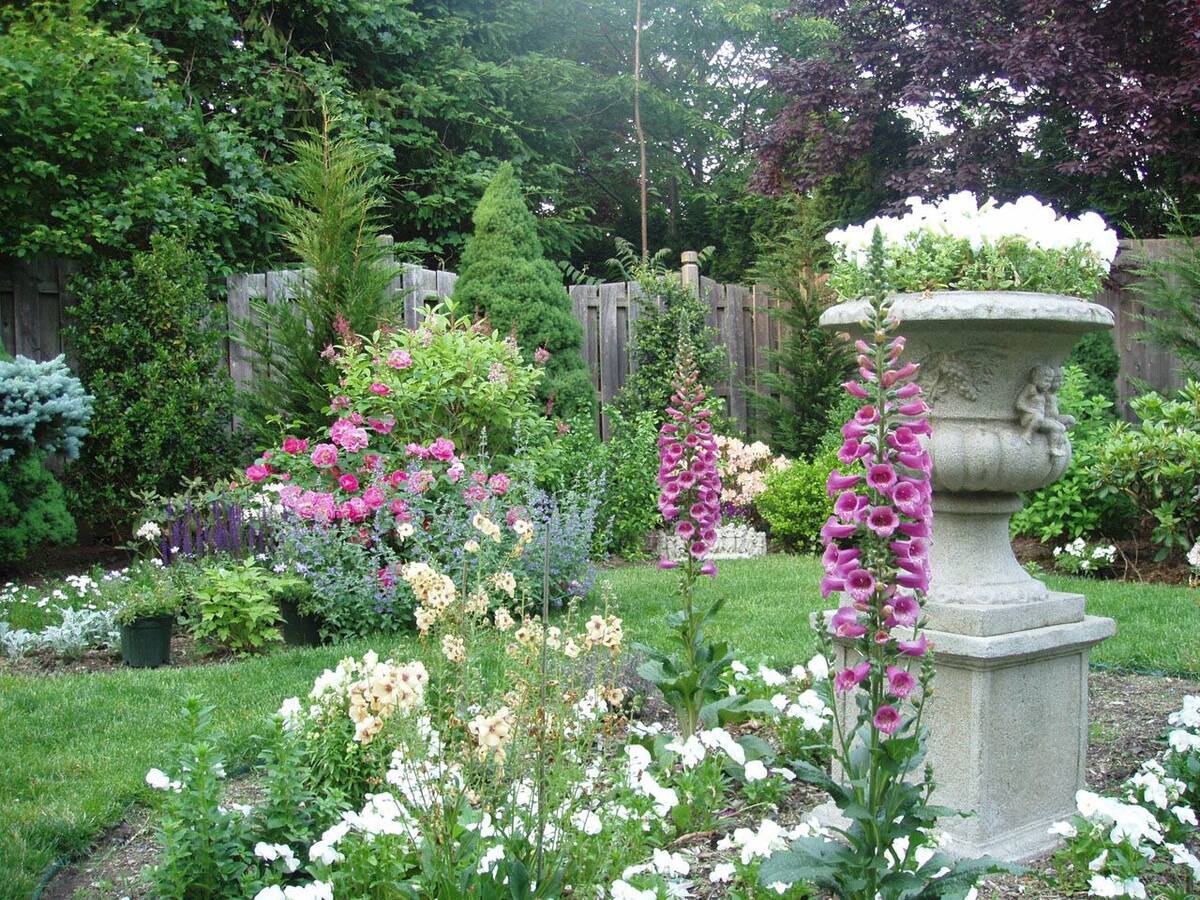
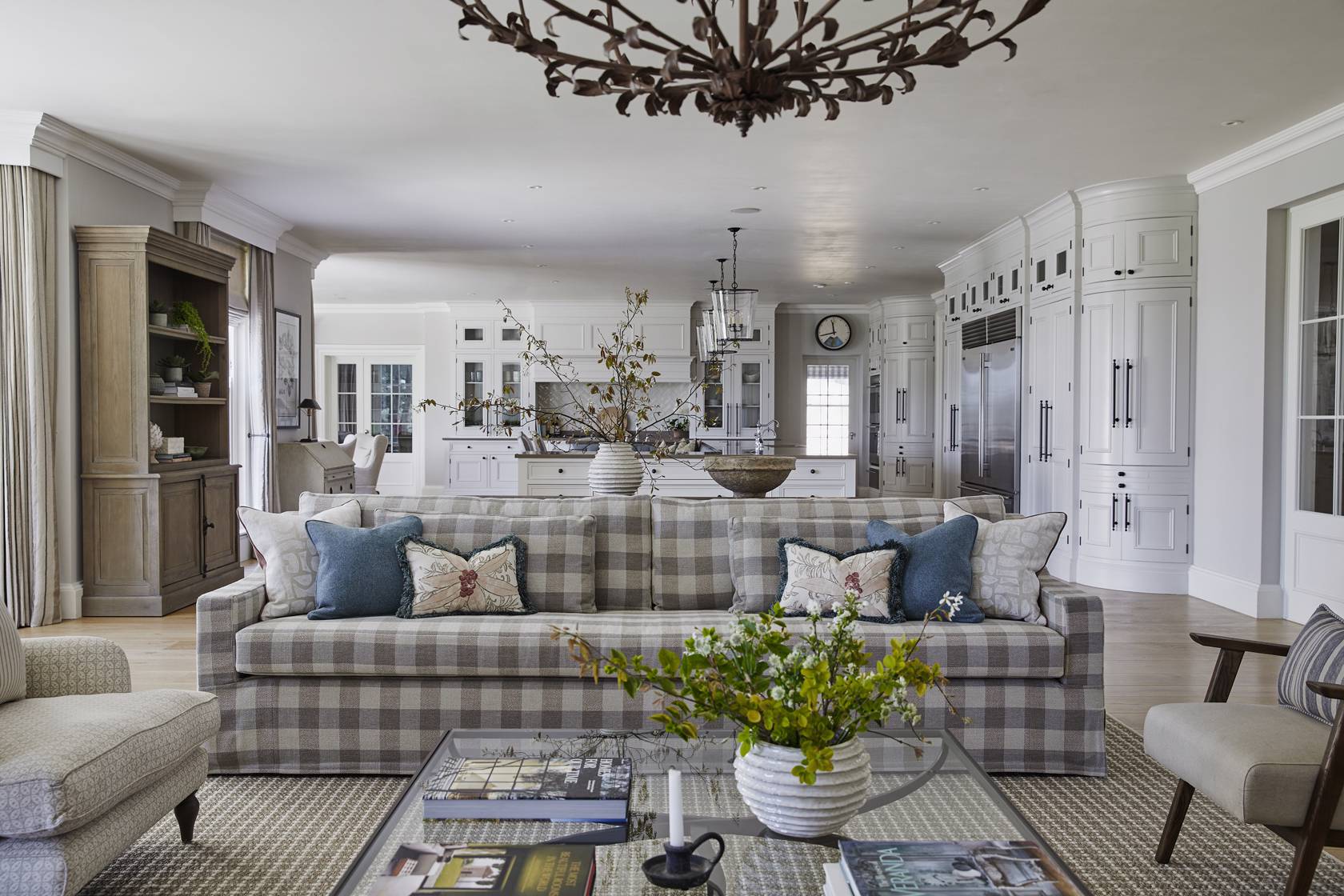
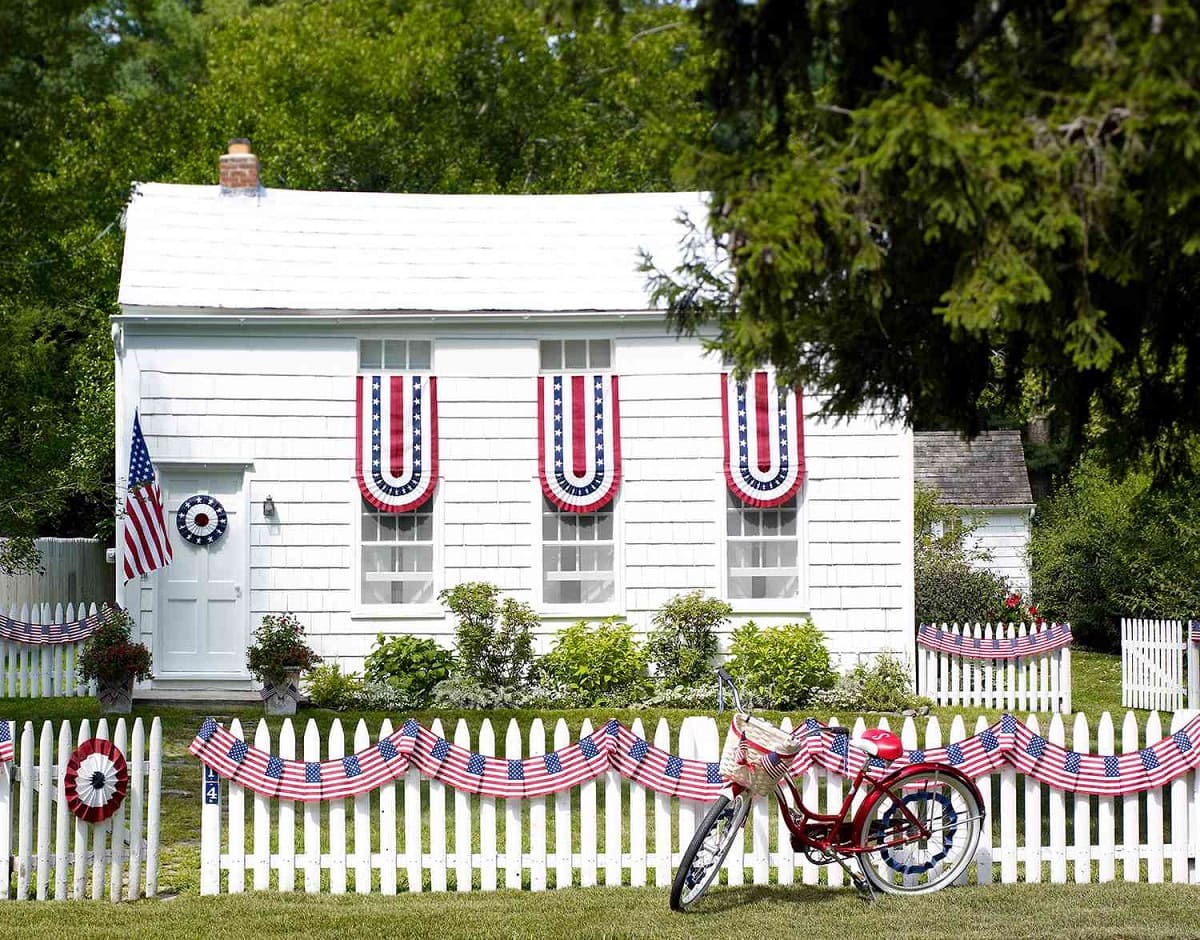
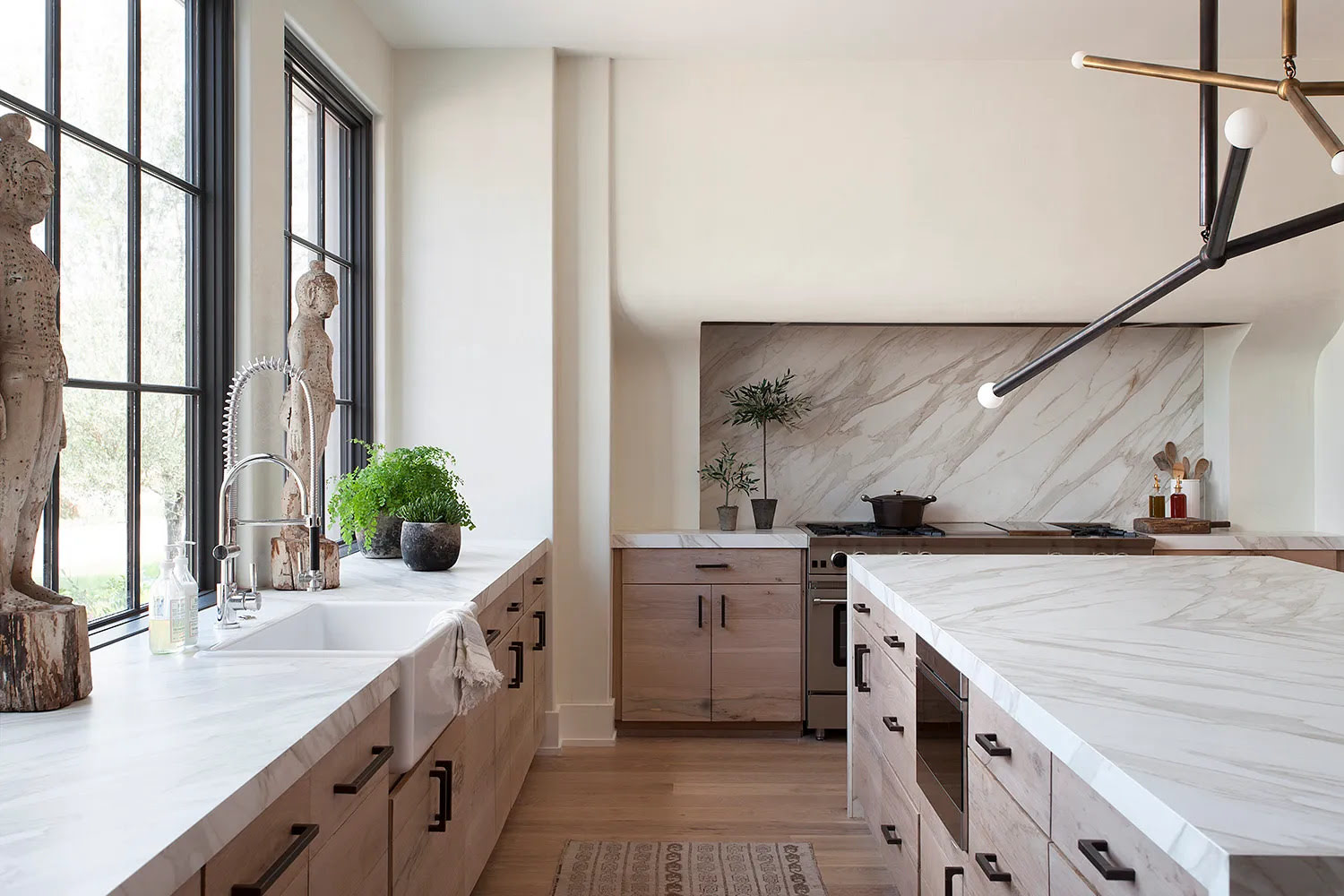
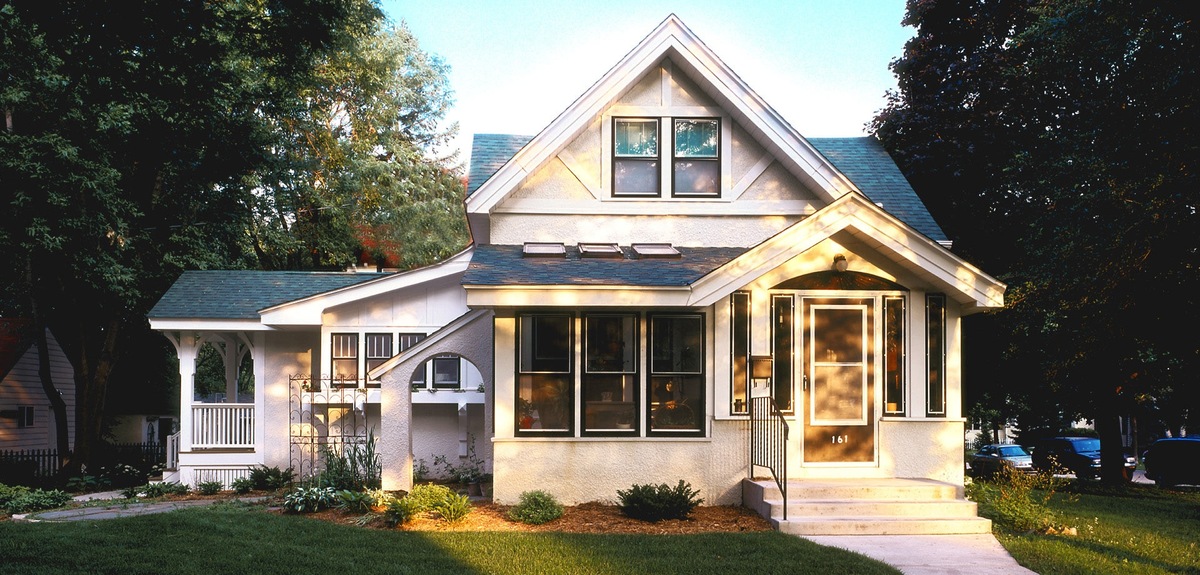
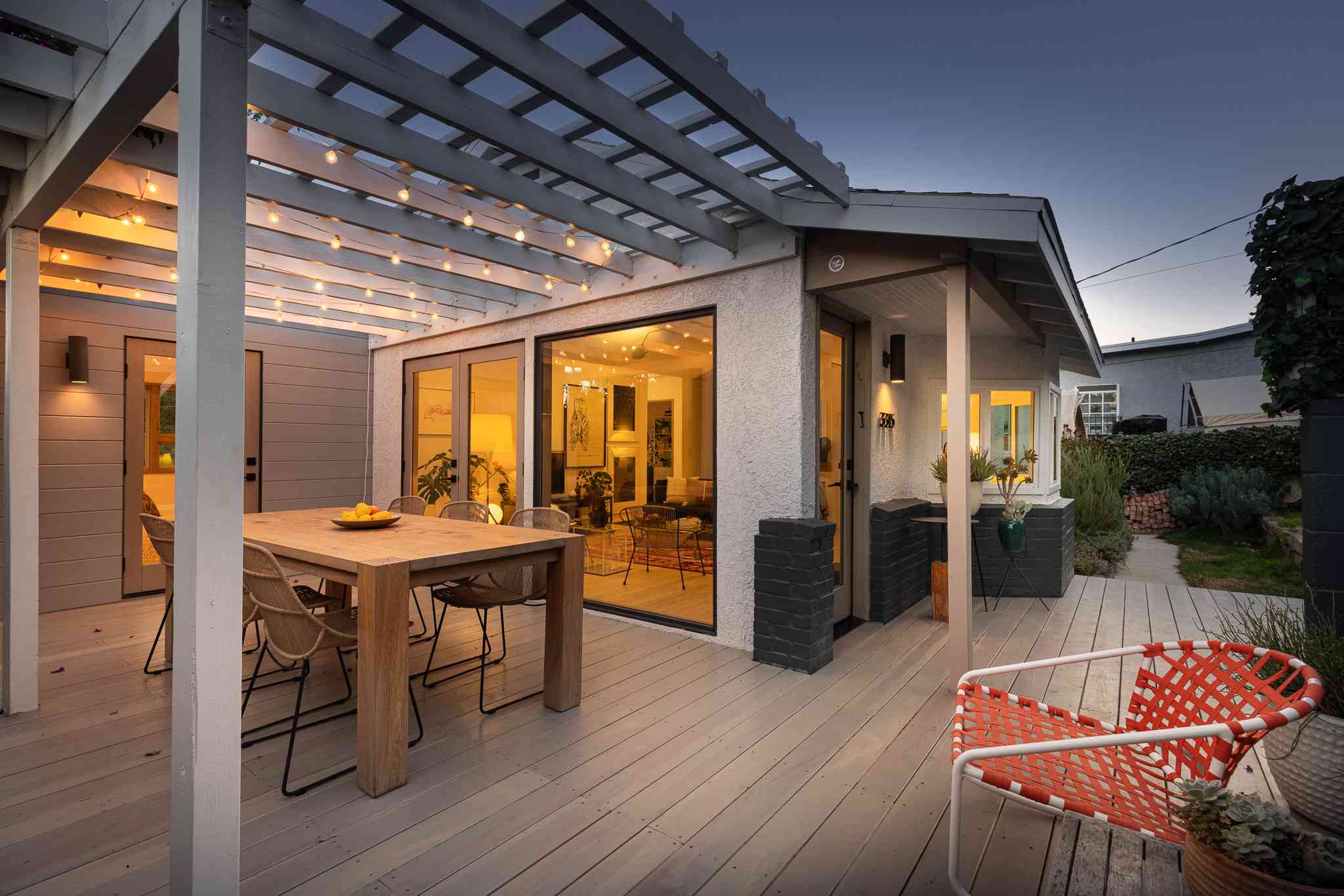
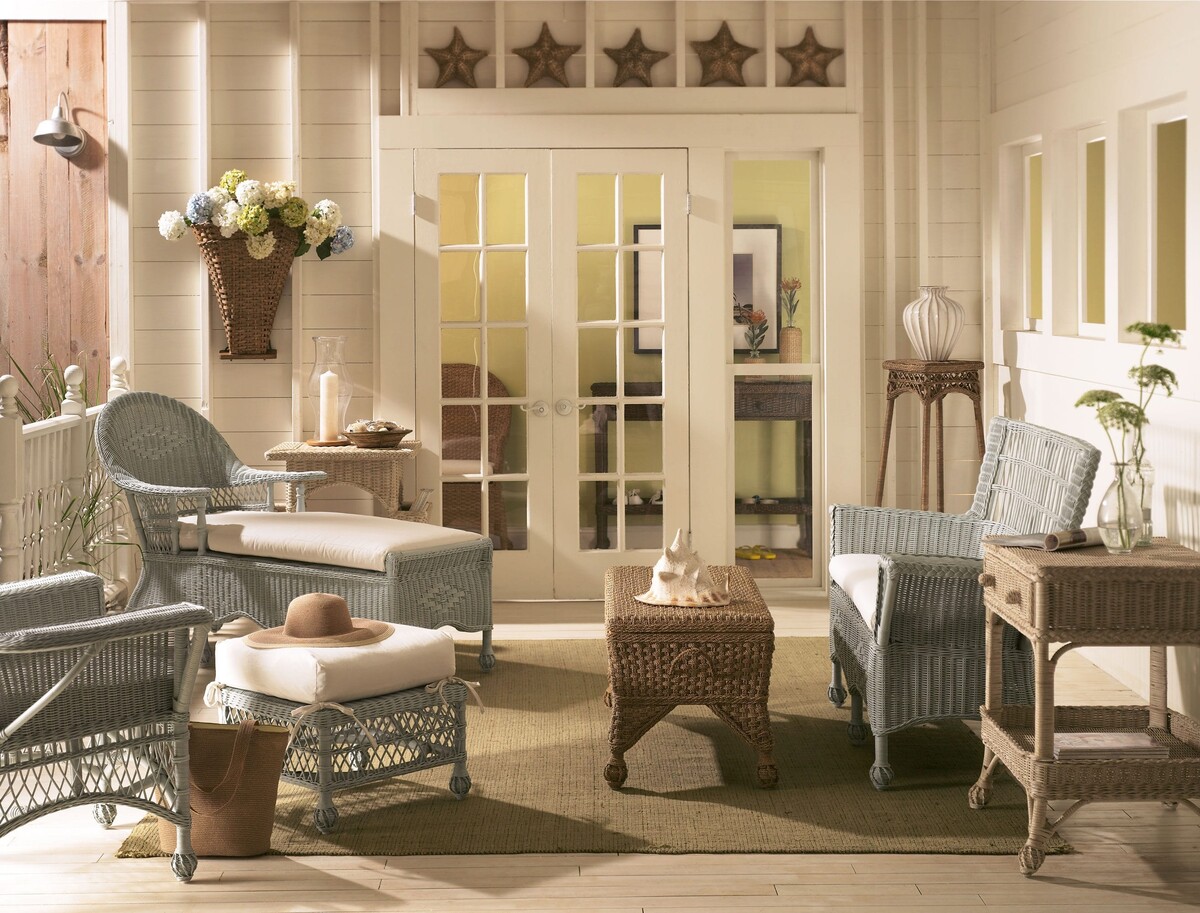
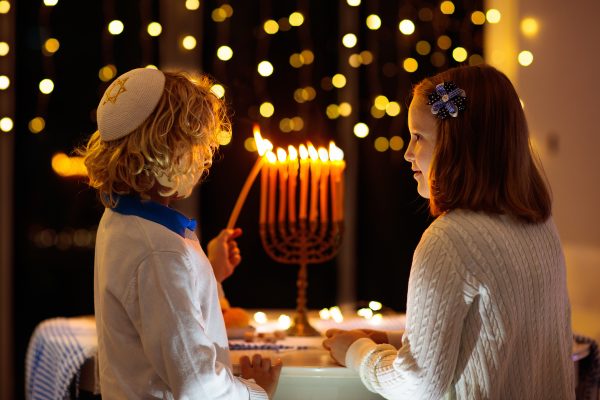



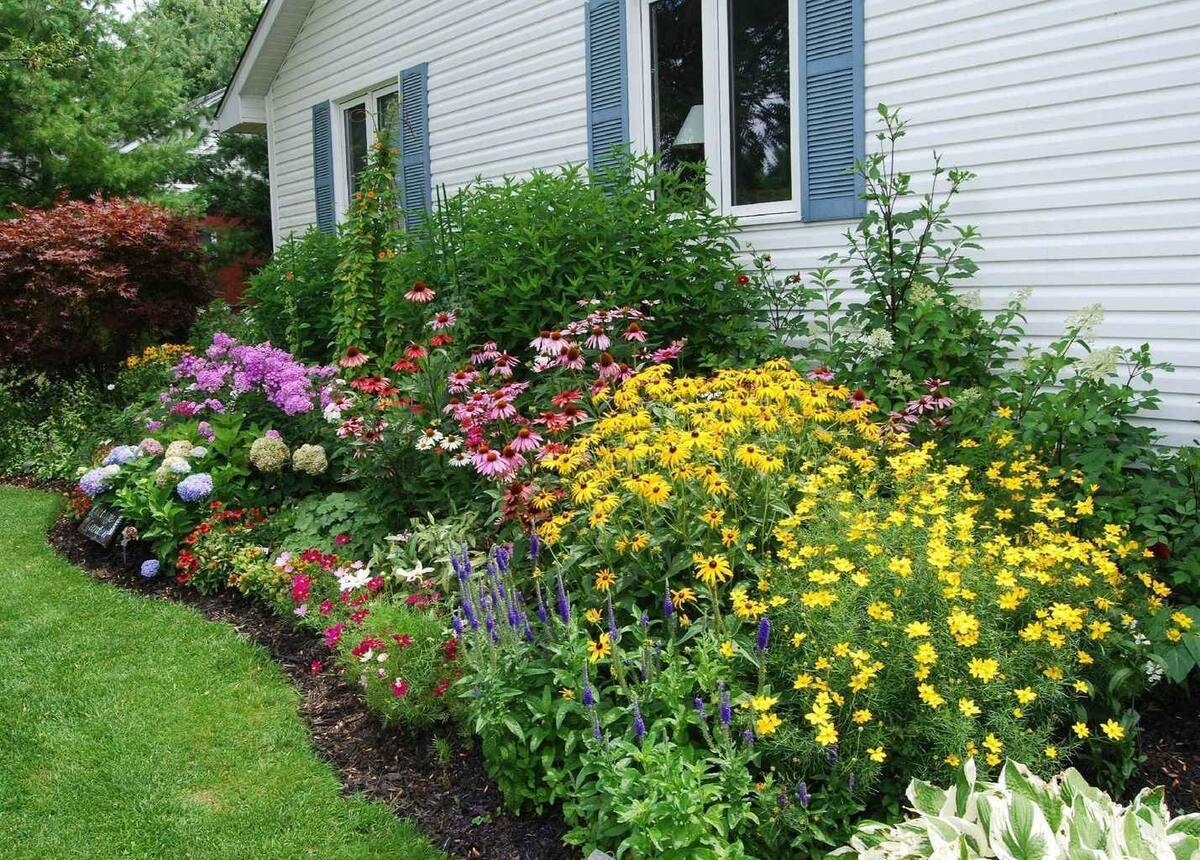
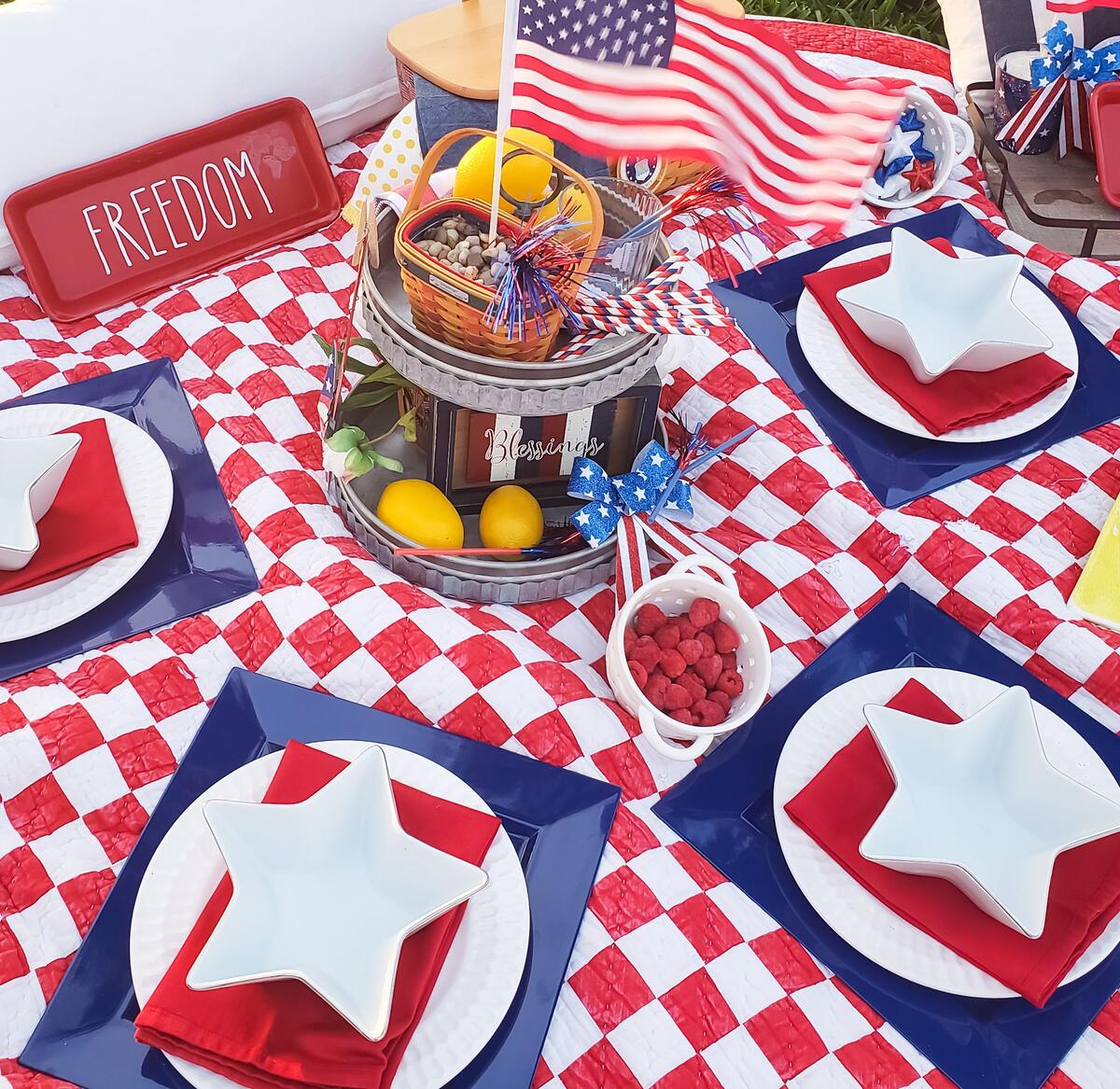


0 thoughts on “A Festive 16th-century Stone Cottage In Wiltshire”